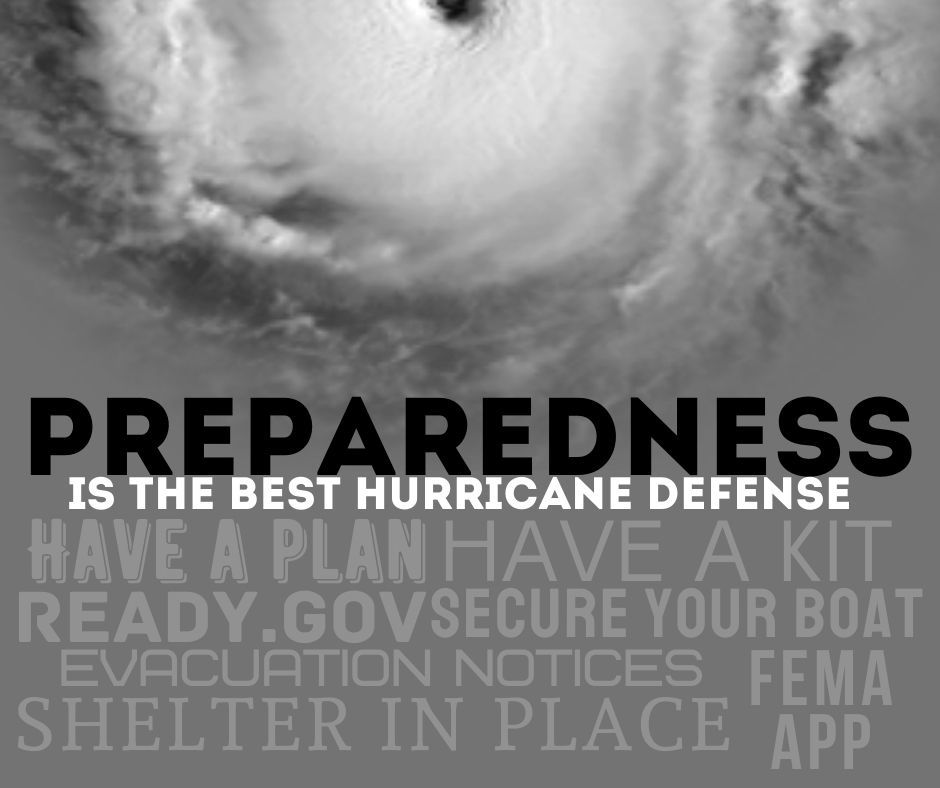Coast Guard urges mariners to stay safe as Tropical Storm Fiona moves toward San Juan
U.S. Coast Guard sent this bulletin at 09/16/2022 03:34 PM EDT
| News Release |
U.S. Coast Guard 7th District Southeast |
Coast Guard urges mariners to stay safe as Tropical Storm Fiona moves toward San Juan
Editor's Note: Click on images to download high-resolution version.
MIAMI — The Seventh Coast Guard District urges mariners to take precautions, heed weather warnings and stay safe as Tropical Storm Fiona is forecasted to impact Puerto Rico and other Caribbean nations, Friday.
Coast Guard members across south Florida and Puerto Rico are preparing for the impact of Tropical Storm Fiona by ensuring all operational equipment is secured so they are prepared to respond in the storm's aftermath. Once the storm passes the Coast Guard, along with our local first responders and federal partners, will evaluate the need to provide life-saving support in impacted areas.
The Coast Guard requests all mariners take proper measures to prepare for hurricane season before a storm arrives. Ensure you have proper equipment, a safe place to store your boats or personal water crafts and monitor the weather and VHF-FM Channel 16 prior to heading out on the water.
Hurricanes and tropical storms can be deadly, and the Coast Guard’s ability to conduct rescues can be diminished or unavailable at the height of a storm.
In preparation for any adverse weather conditions, the Coast Guard recommends:
- Monitor the weather.
- Remove small boats from the water and to safe locations that aren't likely to flood.
- Remove all emergency position indicating radio beacons, life rings, life jackets and loose items. Tie the boat securely to the trailer. Contact local marinas and ask for advice.
- If your boat is too large to be removed from the water, move it to a safe haven well before the storm approaches. You should know where safe havens are in the area where you boat. Use extra fenders—such as used tires—to protect your boat. Use additional mooring lines, secure all hatches, take down the mast, if possible, and remove all loose items from the vessel. Tie down everything, inside and out.
- Drawbridges along the coast may deviate from normal operating procedures prior to a storm. They are generally authorized to remain closed up to eight hours prior to the approach of gale-force winds of 34 knots or greater and whenever an evacuation is ordered. Due to the uncertainty of weather movements and related bridge closures, mariners should seek early passage through drawbridges well in advance of the arrival of gale-force winds.
- Boaters and coastal residents can get storm and hurricane information from VHF marine radios, commercial radio, television stations, newspapers or NOAA weather radios.
- Check the Coast Guard Homeport website for an updated status of local ports.
Preparing for a hurricane: Vessels in the storm
- Do not go out to sea in a recreational boat to “ride out” a hurricane. All mariners are advised to stay off the water.
- If you are unable to evade a storm, wear a life jacket and know how to activate your distress signaling devices. Rescue and assistance by the Coast Guard and other agencies, however, may be severely degraded or unavailable immediately before, during and after a devastating storm.
- If you are in a vessel and you see signs of bad weather, seek shelter. While en route to shelter, tie down loose objects on the boat and prepare passengers for possible rough water, heavy rains and high winds. Have all aboard put on life jackets, including pets. Do not let passengers below deck remove their life jackets.
- If you think the boat may sink or capsize, it may be best to keep passengers above deck and attached to safety lines.
- If you get into trouble, call for help immediately. Ideally, you should have an EPIRB on board in addition to a VHF marine radio. Keep in touch with the Coast Guard or anyone else you can reach so someone knows your location and assistance can be sent if needed and when possible.
- Carry life rafts on board large vessels. If the vessel sinks, board the life raft, stay with it and tether passengers together. Keep moving slowly to keep circulation and body temperature up and avoid overexertion.
- People in distress should use 911 to request assistance whenever possible. Social media should not be used to report life-threatening distress due to limited resources to monitor the dozens of social media platforms during a hurricane or large-scale rescue event.
If you are in an evacuation or flood zone, follow the instructions from local emergency managers, who work closely with federal, state, local, tribal, and territorial agencies and partners. They will provide the latest recommendations based on the threat to your community and appropriate safety measures. Visit https://www.ready.gov/hurricanes for more information on how to prepare for hurricane season.
Updated port conditions for hurricanes and tropical storms can be found at https://homeport.uscg.mil/. For more information about hurricanes and hurricane preparedness, visit NOAA’s and FEMA’s websites where you can find widgets that provide hurricane tracks and other updates. These can be found at www.ready.gov/hurricanes, www.nhc.noaa.gov, and www.fema.gov.
For more breaking news follow us on Twitter and Facebook.
-USCG-


